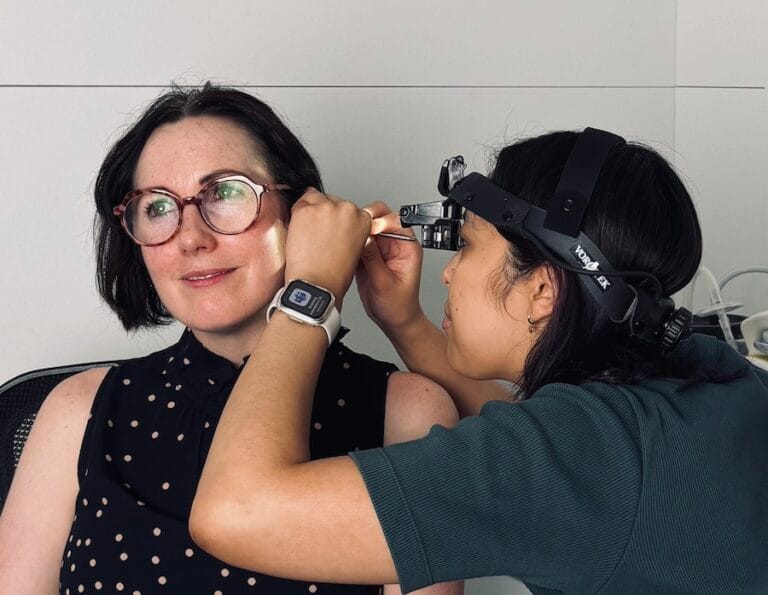Ear wax is a natural substance produced by the body to protect the ears from dust, bacteria, and other foreign particles. While it usually moves out of the ear on its own, sometimes it can accumulate and cause blockages. This buildup may lead to discomfort, hearing difficulties, or even mild pain. Recognizing the signs of excessive Ear Wax Removal Dubai is the first step in determining whether removal is necessary.
Common Symptoms of Excessive Ear Wax
Some individuals may not realize they have an ear wax blockage until symptoms become noticeable. A feeling of fullness in the ear, muffled hearing, or a slight ringing sensation can indicate buildup. In some cases, mild dizziness or discomfort may occur. It is important not to ignore these signs as prolonged blockage can lead to further complications.
Preparing for the Procedure
Before undergoing ear wax removal, it is helpful to understand what the process entails. Avoid inserting any objects into the ear, as this can push the wax deeper. Some professionals may recommend using softening drops a few days before the appointment to loosen the wax. Being relaxed and informed about the procedure can make the experience smoother.
The Ear Wax Removal Process
The actual removal process is typically quick and straightforward. A trained professional will examine the ear using an otoscope to assess the extent of the blockage. Depending on the situation, different methods may be used to remove the wax safely. The goal is to clear the blockage without causing any harm to the ear canal or eardrum.

Irrigation Method
One common technique involves using warm water to flush out the ear wax. A gentle stream of water is directed into the ear canal to dislodge and remove the buildup. This method is usually painless, though some may feel slight pressure during the process. It is effective for mild to moderate wax accumulations.
Manual Removal Technique
For more stubborn blockages, a specialist may use small instruments to carefully extract the wax. This method requires precision to avoid damaging the delicate structures of the ear. It is often used when irrigation is not suitable or if the wax is particularly hard. The procedure is performed under direct visualization to ensure safety.
Microsuction Procedure
Another advanced method involves using a small suction device to remove ear wax. This technique is highly effective and minimizes contact with the ear canal. It is particularly useful for individuals with sensitive ears or those who have had previous ear issues. The process is quick and usually comfortable for the patient.
Post-Removal Sensations
After the wax has been removed, it is normal to experience a sense of relief as hearing improves. Some may notice a slight difference in how sounds are perceived initially. The ears may feel more open, and any previous discomfort should subside. It is important to avoid inserting anything into the ears immediately after the procedure.
When to Seek Professional Help
While some people attempt to remove ear wax at home, professional assistance is recommended for persistent or severe blockages. If symptoms such as pain, significant hearing loss, or discharge occur, consulting a specialist is advisable. Regular check-ups can help prevent excessive buildup and maintain ear health.
Preventing Future Ear Wax Blockages
Taking simple steps can reduce the likelihood of recurring ear wax problems. Avoiding the use of cotton swabs or other objects inside the ears is crucial, as these can push wax deeper. Keeping the ears dry and clean without over-cleaning helps maintain natural wax movement. Those prone to buildup may benefit from periodic professional cleaning.
Final Thoughts
Ear Wax Removal in Dubai is a common and safe procedure that can alleviate discomfort and restore hearing. Understanding what to expect can ease any concerns about the process. By recognizing symptoms early and seeking appropriate care, individuals can maintain optimal ear health and prevent complications.
